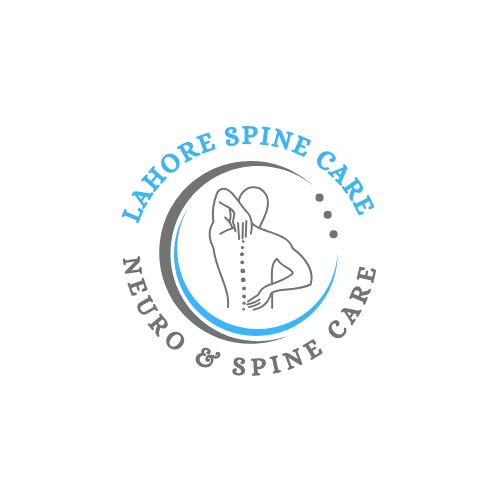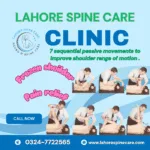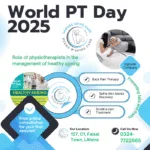Cervical spondylosis, also known as neck arthritis or cervical osteoarthritis, is a common condition that affects the cervical spine, leading to pain and stiffness in the neck. As we age, the discs and joints in the neck begin to degenerate, causing discomfort and potentially limiting movement. However, with the right approach, relief from cervical spondylosis is achievable. Here’s a detailed guide on how to manage and alleviate the symptoms of cervical spondylosis.
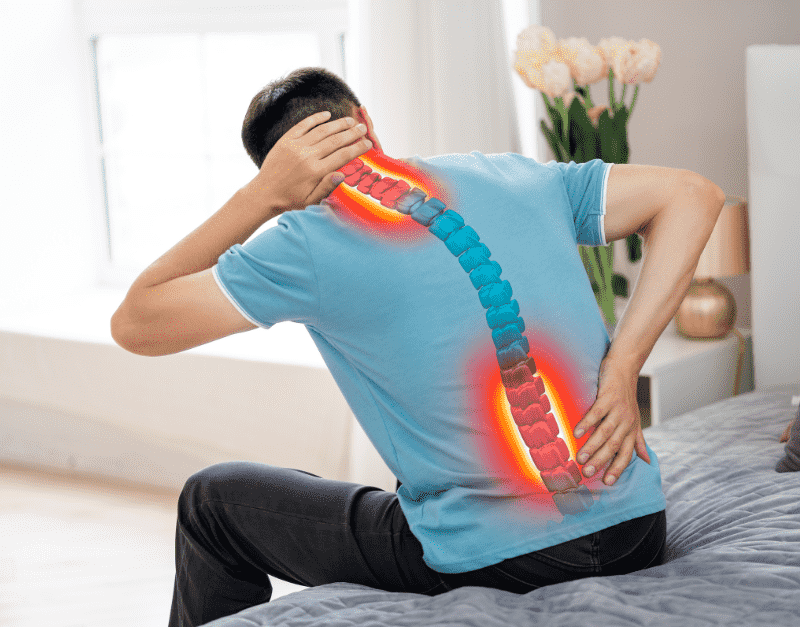
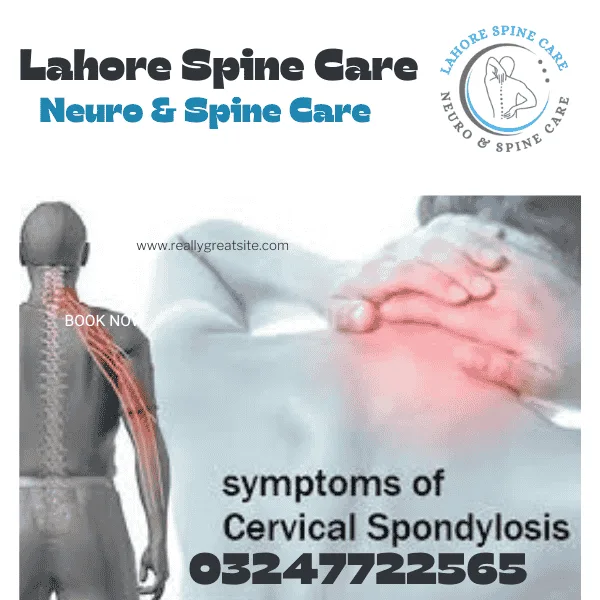
Understanding Cervical Spondylosis
Cervical spondylosis typically occurs due to the natural aging process, but other factors such as genetics, injury, or repetitive strain can accelerate its onset. Key characteristics include:
- Degeneration of Cervical Discs: Loss of disc height and flexibility, leading to nerve compression.
- Formation of Bone Spurs: Extra bone growths that can press on nerves and spinal cord.
- Ligament Thickening: Stiffening of the ligaments around the spine, reducing neck mobility.
Symptoms to Watch For Cervical Spondylosis
Common symptoms of cervical spondylosis include
- Neck pain and stiffness
- Headaches, especially at the base of the skull
- Numbness or tingling in the arms and hands
- Weakness in the arms or legs
- Difficulty with balance and coordination
Lifestyle and Home Remedies
- Maintain Good Posture: Poor posture can exacerbate neck pain. Ensure that your workstation is ergonomically designed, keeping your head aligned with your spine. Use supportive chairs and keep your computer screen at eye level.
- Stay Active: Regular, low-impact exercises such as walking, swimming, or cycling can help maintain neck flexibility and strength. Yoga and Pilates can also enhance spinal health and alleviate stiffness.
- Apply Heat and Cold Therapy: Alternating between heat packs and ice packs can reduce inflammation and soothe muscle pain. Use heat therapy to relax tight muscles and cold therapy to reduce inflammation.
- Stay Hydrated: Drinking plenty of water helps maintain the elasticity of spinal discs, reducing the risk of disc degeneration.
- Practice Gentle Stretching: Simple neck stretches can improve flexibility and reduce stiffness. Try these exercises:
- Neck Tilts: Slowly tilt your head towards your shoulder, holding for 15-30 seconds on each side.
- Neck Rotations: Turn your head gently from side to side, holding each position for a few seconds.
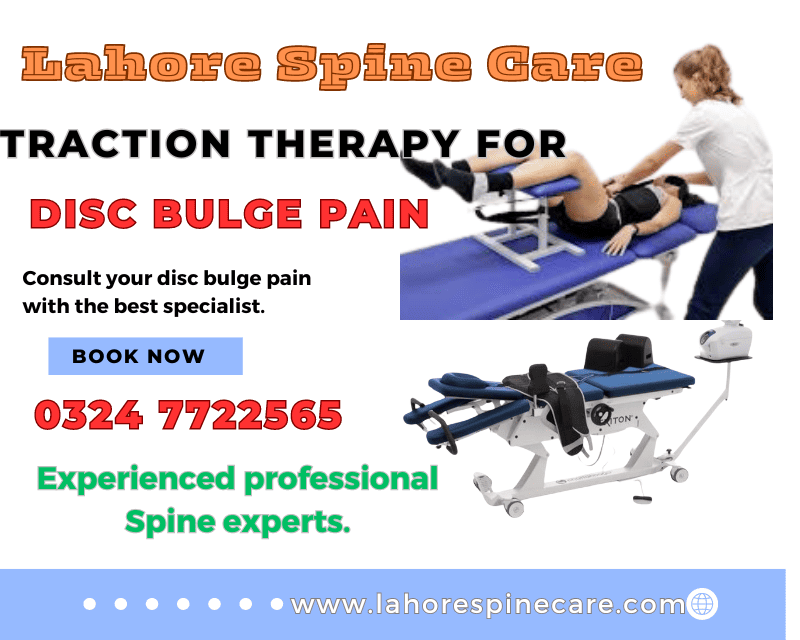
Medical Interventions
- Physical Therapy: A physical therapist can tailor exercises to strengthen neck muscles, improve posture, and increase range of motion. Techniques may include manual therapy, ultrasound, and electrical stimulation.
- Medications: Over-the-counter pain relievers like ibuprofen or acetaminophen can help manage pain. In some cases, your doctor may prescribe muscle relaxants or stronger medications.
- Corticosteroid Injections: For severe pain, corticosteroid injections can reduce inflammation around the affected nerves.
Advanced Treatments
- Surgical Options: Surgery is usually considered a last resort when conservative treatments fail. Options include:
- Discectomy: Removal of a herniated disc to relieve pressure on nerves.
- Laminectomy: Removal of a portion of the vertebra to widen the spinal canal.
- Spinal Fusion: Joining two or more vertebrae to stabilize the spine.
- Alternative Therapies: Acupuncture, chiropractic care, and massage therapy can provide additional relief. Always consult with a healthcare provider before starting any alternative treatment.
Preventive Measures
- Regular Exercise: Engage in activities that promote neck strength and flexibility.
- Healthy Weight Management: Maintaining a healthy weight reduces stress on your cervical spine.
- Ergonomic Adjustments: Ensure your work environment supports good posture and reduces strain on your neck.
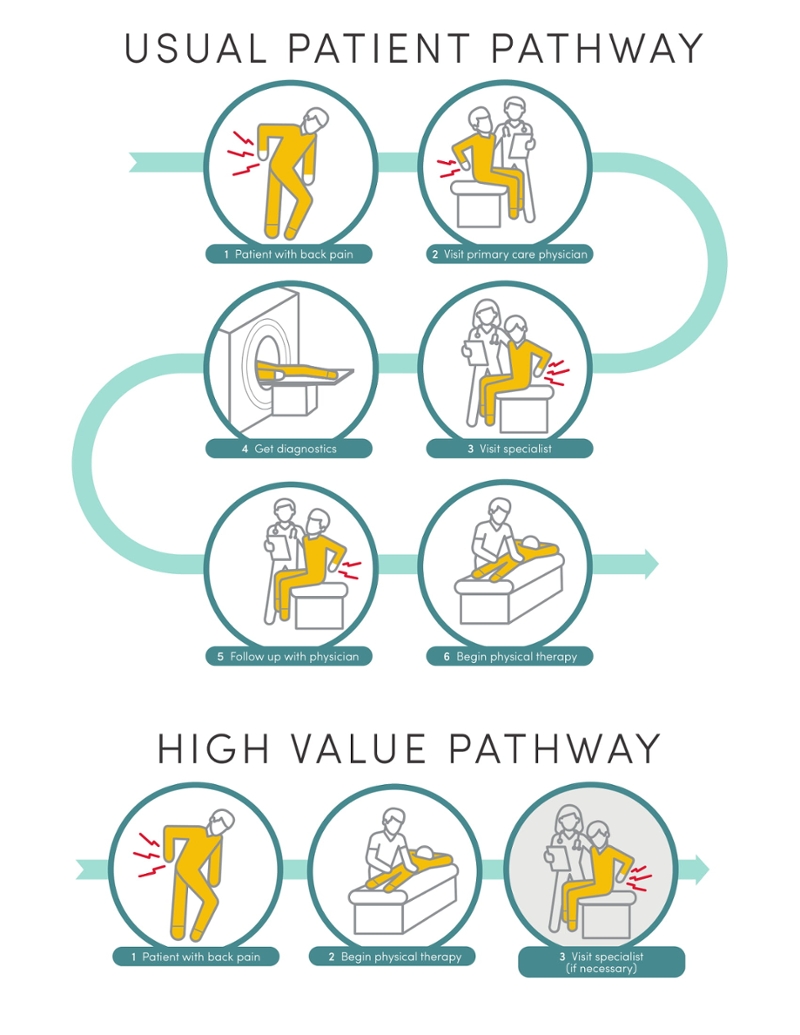
Conclusion
While cervical spondylosis can be challenging, a combination of lifestyle changes, medical treatments, and preventive measures can significantly alleviate symptoms and enhance your quality of life. Always consult with a healthcare professional before starting any new treatment or exercise regimen to ensure it’s safe and appropriate for your condition. With the right approach, you can manage cervical spondylosis effectively and continue to enjoy a pain-free, active lifestyle.
- The Spencer Technique for Shoulder Pain Relief: How It Works and What to Expect
- how to choose the right shoe for spine health
- Celebrating World Physiotherapy Day 2025: Advancements and Innovations in Rehabilitation
- Tehmina Arshad: Expert Speech and Language Pathologist
- Independence Day of Pakistan 2025—A Celebration of Freedom and Unity
